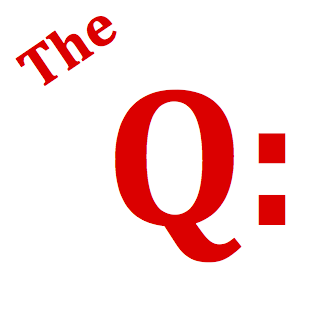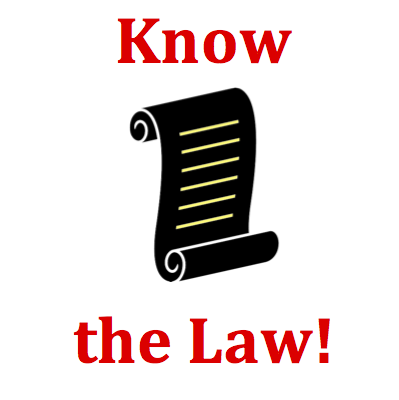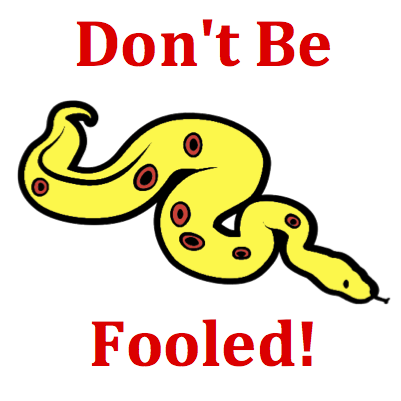Hold down the T key for 3 seconds to activate the audio accessibility mode, at which point you can click the K key to pause and resume audio. Useful for the Check Your Understanding and See Answers.
Mission KG6 Interpreting Velocity-Time Graphs - Question Group 4 Help

The motion of an object is depicted by a velocity-time graph. Various time intervals during the motion are depicted by a letter. During which time interval(s) is the object moving with a changing velocity? List all that apply.

Velocity versus time graphs represent changes that occur in an object's velocity with respect to time. The slope of the line is the acceleration (change in velocity divided by the change in time) of the object. The area under the line (between the line on the graph and the time axis) is the displacement of the object.

Many students confuse position-time graphs with velocity-time graphs. They know that a changing velocity on a position-time graph as a curved line. So they instantly begin looking for the same line on this graph. But don't be fooled! This is a velocity-time graph and the slope is the acceleration. A line with changing slope (curved line) on a velocity-time graph is a line with a changing acceleration. Such a line would also have a changing velocity; but it is not the only way to represent a changing velocity (see the Think About It section).

Many questions in this mission can be answered with a mixture of good math sense and logical thinking. The graph is a plot of velocity. Any motion which is characterized by a changing velocity would be represented by a line whose velocity coordinate is changing. Instead of being a horizontal line (as in constant velocity), it is a line which has some slope to it. After all, a changing velocity motion is an accelerated motion. Since the slope of a velocity-time graph is the acceleration, there must be a slope to represent an accelerated motion.
